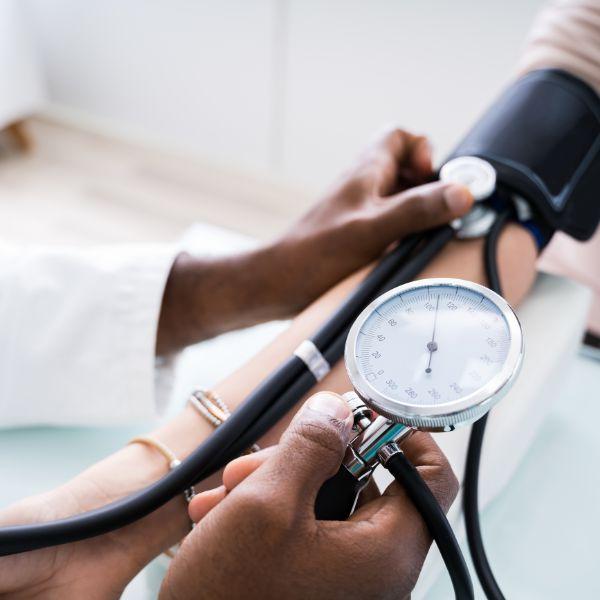Cart (0)
No products in the cart.
Blood pressure is a crucial metric that can assist you in determining your risk for a variety of health concerns. Your blood pressure provides clues about how much work your heart does to pump blood through your arteries. It’s one of your body’s vital signs.
Having high blood pressure can be harmful to your health in many ways. However, the often unnoticeable side effects of high blood pressure (or hypertension) make it tough to know when intervention is needed, which is why this condition is commonly called “the silent killer.”
It is important to keep an eye on your blood pressure and to take steps to manage it before it develops into complications. The importance of monitoring and checking of blood pressure especially in the elderly cannot be overemphasized.
One way to keep track of your blood pressure is to monitor it at home using an automated blood pressure machine, or by checking it manually. Doctors now advise people with high blood pressure to check their numbers at home.
Home Blood Pressure Monitoring (HBPM) is a self-monitoring tool that can be incorporated into the care of patients with hypertension and is recommended by major guidelines.

At the doctor’s office, your blood pressure reading only shows your numbers at that moment. A home monitor enables you to check it often and more frequently. This can give your doctor a better idea of your true blood pressure.
An At-home blood pressure monitor can help you keep a closer eye on this crucial health metric. Taking your own blood pressure readings regularly and documenting changes over time will better equip you to manage your health for the long haul.
A growing body (Pub med) of evidence supports the benefits of patient HBPM compared with office/hospital-based monitoring: these include improved control of BP, diagnosis of white-coat hypertension and prediction of cardiovascular risks.
As the saying goes, 'whatever is worth doing at all is worth doing well', it is imperative that we know the right way to check our blood pressure. That way you are sure that you are getting the right value and equipping yourself properly for a long healthy future.

Don’t eat or drink anything 30 minutes before you take your blood pressure. Don't smoke, drink caffeinated beverages or exercise within 30 minutes before measuring your blood pressure. Empty your bladder and ensure at least 5 minutes of quiet rest before measurements.
Sit with your back straight and supported (on a dining chair, rather than a sofa). Your feet should be flat on the floor and your legs should not be crossed. Your arm should be supported on a flat surface (such as a table) with the upper arm at heart level.
Rest your arm with the cuff on a table at chest height. Make sure the bottom of the cuff is placed directly above the bend of the elbow. Check your monitor's instructions for an illustration or have your health care professional show you how.
Make sure the blood pressure cuff is snug but not too tight. The cuff should be against your bare skin, not over clothing.
Do not talk while your blood pressure is being measured.
It’s important to take the readings at the same time each day, such as morning and evening. It is best to take the readings daily however, ideally beginning 2 weeks after a change in treatment and during the week.
Each time you measure, take two or three readings one minute apart and record the results. If your monitor has built-in memory to store your readings, take it with you to your appointments.
Self- monitoring of blood pressure (BP) is indispensable for the prevention and management of hypertension. Regular checking of one's blood pressure has been seen to help prevent serious health challenges like stroke, heart diseases.
It goes without saying that regular and adequate blood pressure checks can save lives.